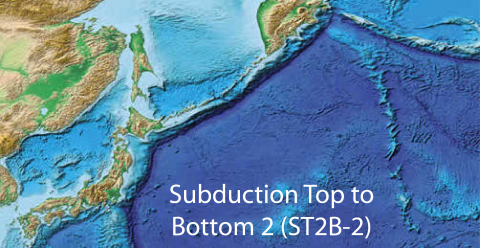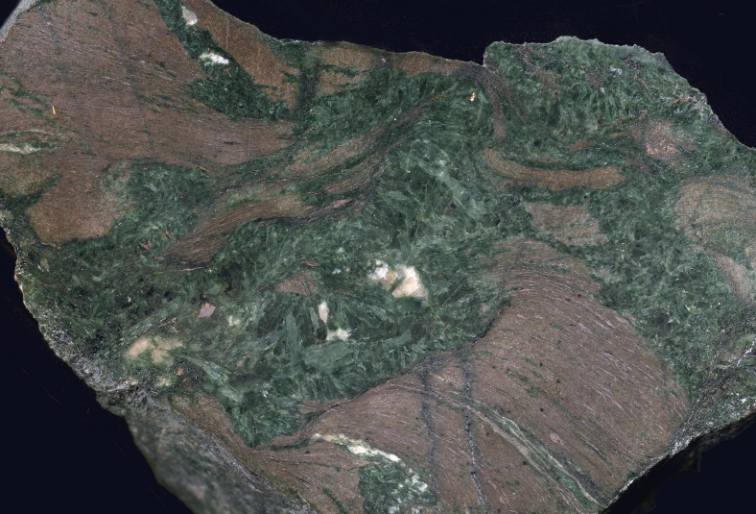
Subduction Top to Bottom 2 (ST2B-2) Taking Shape in GEOSPHERE
Subduction zones are where lithosphere is recycled into Earth’s mantle along ~55,000 km length of convergent plate margins (at trenches). Subduction is a uniquely powerful and important Earth process, so it is no surprise that the geoscientific community has become increasingly interested in the process since the term was introduced 50-60 years ago on the heels of the plate tectonic revolution. Understanding the dynamics of subduction is extremely important for realistic assessment of associated hazards such as earthquakes, tsunamis, and volcanic eruptions.
Tremendous advances over the past 20 years or so have been made in subduction zone science, with increasingly multidisciplinary efforts producing some of the greatest insights. The goals of the “Subduction Top to Bottom 2 (ST2B-2)” publication project now underway are to highlight these advancements and further encourage collaboration across disciplines. The ST2B-2 concept is a follow-up to the Subduction Top to Bottom Conference (SUBCON, or ST2B-1) held in 1994 in Avalon, California, that led to publication of American Geophysical Union Geophysical Monograph v. 96 (referred to by many as “Big Purple” because of its distinctive cover). The ST2B-2 Themed Issue in the all-electronic Geological Society of America journal GEOSPHERE has been accumulating papers, now with about 50 contributions spanning the range of subduction zone depths and research approaches. These papers are arranged in their coverage from top to bottom in subduction zones, that is, from the seafloor outboard of trenches to the mantle at depths greater than those beneath volcanic arcs.
This venture, for which Prof. Gray Bebout is chief editor/organizer, also has involved convening special ST2B-2 sessions at recent international conferences — these sessions attracted more than 300 abstracts over four meetings in 2016-2018. The other editors involved are Dave Scholl (Emeritus, United States Geological Survey and University of Alaska, Fairbanks), Bob Stern (University of Texas, Dallas), Laura Wallace (University of Texas Institute for Geophysics, Austin, and GNS Science, Lower Hutt, New Zealand), and Philippe Agard (Institut des Sciences de la Terre de Paris, UPMC Université Paris 06). In the meeting sessions, as for the online GEOSPHERE papers, talks and posters are arranged by subduction zone depth/process, not the methods applied.
A more detailed description of this venture is provided in a recently published feature article in the journal GSA Today:
https://www.geosociety.org/gsatoday/science/G354A/article.htm
The ST2B-2 Themed Issue in GEOSPHERE can be viewed at:
https://pubs.geoscienceworld.org/geosphere/pages/st2b2
Please contact Prof. Bebout, or any of the other editors, if you are interested in contributing a manuscript for the ST2B-2 Themed Issue.

[ABOVE] An example of intensely fractured/brecciated eclogite-facies metabasaltic rock from the UHP metamorphic Monviso locality (photograph from Samuel Angiboust, IPGP, Paris), showing the mineralization of these fractures by omphacite, a Na-rich pyroxene stable at extremely high-P/T conditions (the horizontal dimension is 15 cm). These veins reflect high-P/T element mobility, likely in H2O-rich metamorphic fluids. Eclogite-facies breccias and rocks such as these containing abundant mineralized fractures could be the products of major rupture events at >50 km depths in ancient subduction zones.
